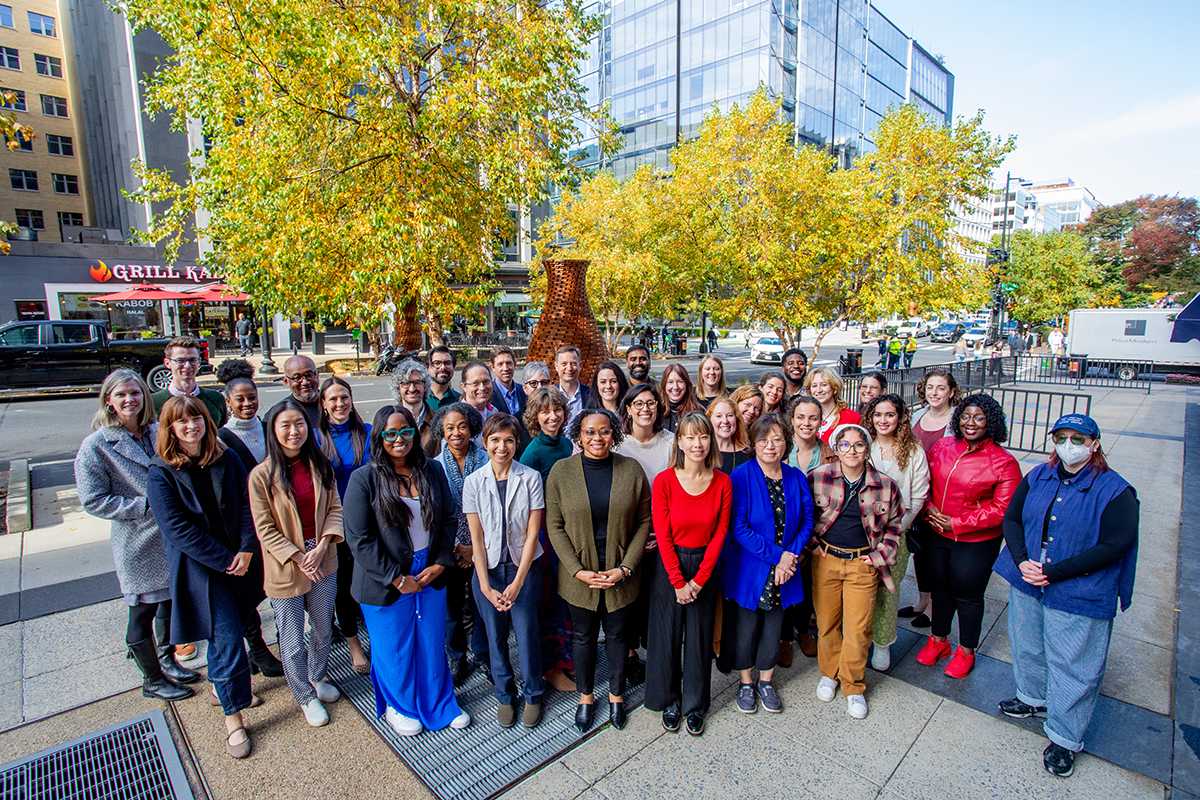
Who We Are
The Institute for Market Transformation (IMT) is a national, nonpartisan, 501(c)3 nonprofit that helps create better buildings by bridging the needs of business, government, and communities. We forge innovative collaborations in public policy and business practices that drive widespread market shifts in the places people live, work, and learn.
Our Vision
A world where buildings dramatically lower greenhouse gas emissions and support our physical, social, and economic well-being.
Our Guiding Principles

Build with others

Always move to scale

Center racial and social equity

Be judicious in investments
How do we make buildings that better serve people?
Click through the graphic below to learn more about how transforming our buildings can also transform our lives for the better.